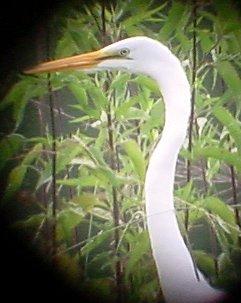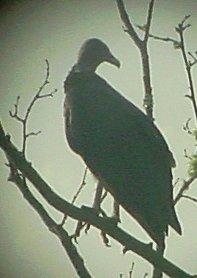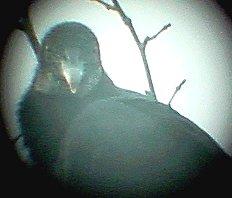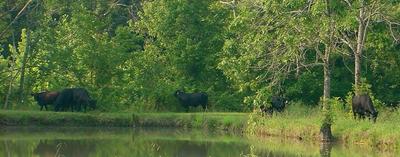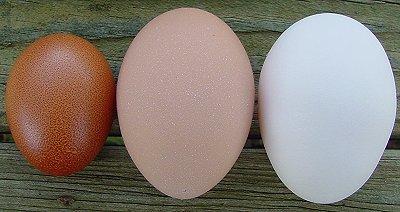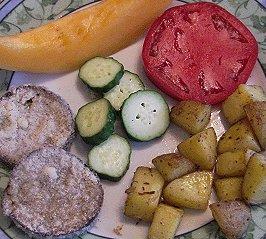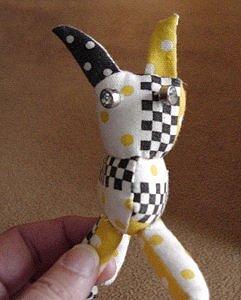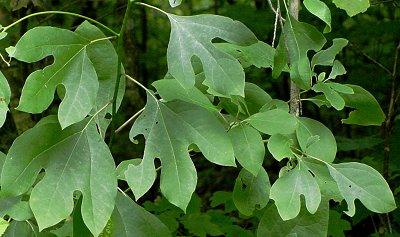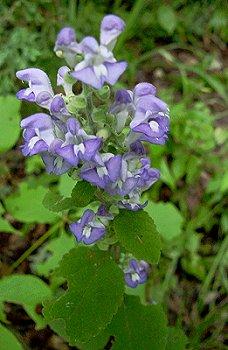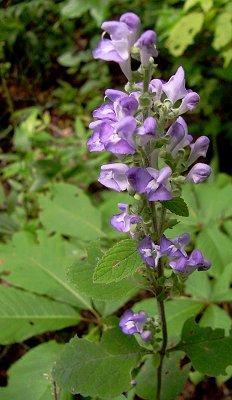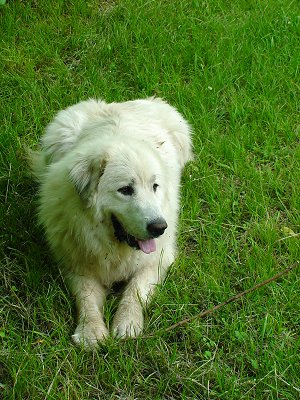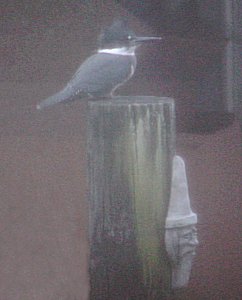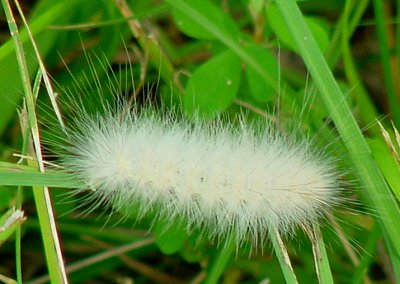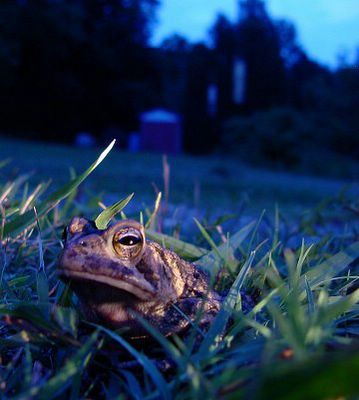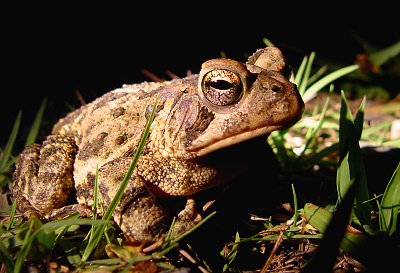
Life's on hold while I make soap!
Soapmaking by the cold process method involves patience. After the liquid soap is poured into the molds, it is insulated and left to harden for 24 hours. Then the soap is unmolded and air-hardened for one or two days before being cut into bars. After another few days the bars are trimmed. Then the bars "cure" for at least a month, to allow time for the excess water to evaporate.
Handmade soaps are perishable goods; they don't last forever. Soapmaking is a delicate balance of trying to meet demand with the freshest product possible. Make too little and customers have to wait. Make too much and you'll end up throwing it away.
I hate throwing soap away.
I also hate not having a particular soap in stock when someone wants it.

With my current equipment, I can make almost 400 bars of soap a day. But I prefer using only my newer molds (and saving my back), so normally I make about half that.
Our next craft show is Yellow Daisy, in September at Stone Mountain, Georgia. It's the best traditional craft show in the country. About 250,000 people will pass through the festival over the course of four days.

